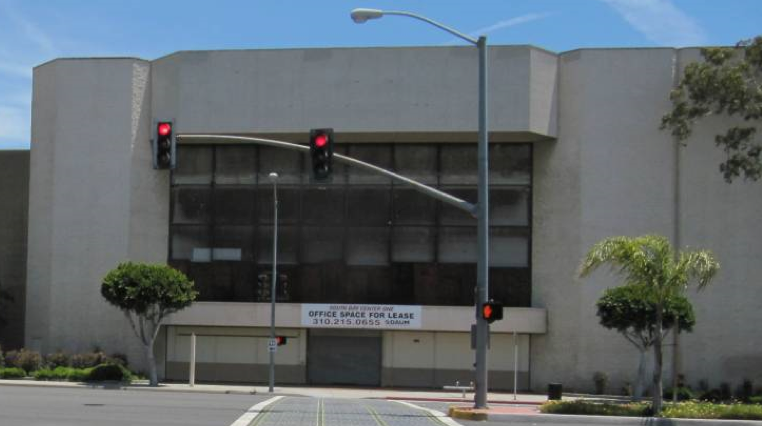CommentsGUEST COMMENTARY-Almost a million and a half Americans have been infected so far in the pandemic.
Our economy is in a tailspin. California has a housing crisis. Angelenos can’t afford their rent or pay their mortgages. The scourge of homelessness is impacting our quality of life, eviscerating our City’s budget and, horror of horrors, impugning its reputation.
Wouldn’t it be wonderful if someone could just wave a magic wand and make these headlines go away?
Instead we get factional warfare and the blame game.
But perhaps there is a way to synchronization some solutions.
This month California is considering SB 1385 which would create the Neighborhood Homes Act, allowing residential developments to be built on land currently zoned for commercial office and retail spaces such as strip malls. Essentially, it would “upzone” commercial and retail properties to allow residential uses at densities that are deemed affordable by design, such as low-rise apartments, townhomes, and condominiums.
It’s a step that may help but could also draw the ire of those opposing increasing density and infilling neighborhoods in Los Angeles. As always, the devil is in the details. Will construction adhere to local aesthetics or will developers get waivers to override the interests of the community?
Is there another path?
With the distancing constraints of the pandemic, the cost-effectiveness of large stores dependent on large numbers of consumers with money to spend is in question. JC Penny’s is gone, and more are sure to follow.
And when the cornerstone stores sit empty, the ubiquitous megamalls will have to fold.
Rather than have them deteriorate into a dystopian Blade Runner landscape, paying no taxes and providing a nexus for crime, how about sourcing funding and harnessing political will to convert these existing structures into mixed use housing?
Look at any “galleria” – all the units have power and plumbing and parking. Boutiques can become individual homes, the anchor stores congregate housing. Some areas can be reconfigured for shopping in this new world and would reduce the need for travel, conserving income and reducing carbon use.
Since most malls have more parking than would be needed, the additional space could be converted into parks for the residents and would contribute to heat and carbon-dioxide reduction.
Best of all, instead of being a drain on City resources, these mall-homes would form a new tax base.
(Liz Amsden is an activist from Northeast Los Angeles with opinions on much of what goes on in our lives. She also writes on behalf of the Budget Advocates’ mission regarding the City’s budget and services. In her real life she works on budgets, for film and television, where fiction can rarely be as strange as the truth of living in today’s world.)
















